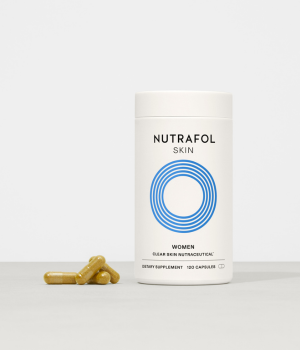KONJAC ROOT
TYPE OF INGREDIENT
Anti-aging
COMMONLY FOUND IN
Moisturizer, serum, nutritional supplement
WHAT ARE THE BENEFITS OF KONJAC ROOT ?
Konjac root’s glycosylceramides reduce transepidermal water loss. It also plays a role in melanocytes, where it reduces ultraviolet-B light-induced senescence, suppresses hyperpigmentation and reconstitutes fibroblasts damaged by ultraviolet-B light. It has also been combined as a gel for wound healing. It has been shown to improve atopic dermatitis through an oral supplement, presumably due to its water retentive abilities.
WHAT IS KONJAC ROOT ?
Konjac root is from the konjac plant (Amorphophallus konjac) native to Asia. Its extracts are rich in ceramides and glucomannan, which have been used as supplements and in products for dry skin and routine skin care.
IS KONJAC ROOT SAFE FOR ALL SKIN TYPES AND TONES?
Konjac root is likely safe for all skin types and tones based on available research. There are cases of sensitization to it, so individuals with sensitization or reactions should avoid it.
CONTRAINDICATIONS
Available evidence does not suggest any contraindications for using konjac root. Individuals with hypersensitivity reactions to konjac or products containing it should avoid these products.
Sources:
Alves A, Miguel SP, Araujo ARTS, et al. Xanthan Gum-Konjac Glucomannan Blend Hydrogel for Wound Healing. Polymers (Basel). 2020;12(1):99. Published 2020 Jan 4.
Choi KH, Kim ST, Bin BH, Park PJ. Effect of Konjac Glucomannan (KGM) on the Reconstitution of the Dermal Environment against UVB-Induced Condition. Nutrients. 2020;12(9):2779. Published 2020 Sep 11.
Heggar Venkataramana S, Puttaswamy N, Kodimule S. Potential benefits of oral administration of AMORPHOPHALLUS KONJAC glycosylceramides on skin health – a randomized clinical study. BMC Complement Med Ther. 2020;20(1):26. Published 2020 Jan 31.
Kimata H. Improvement of atopic dermatitis and reduction of skin allergic responses by oral intake of konjac ceramide. Pediatr Dermatol. 2006;23(4):386-389.






